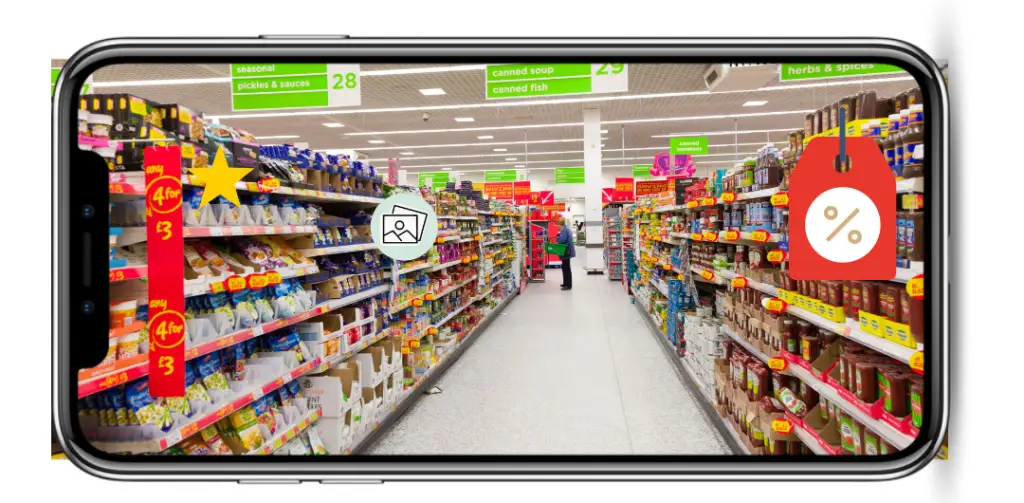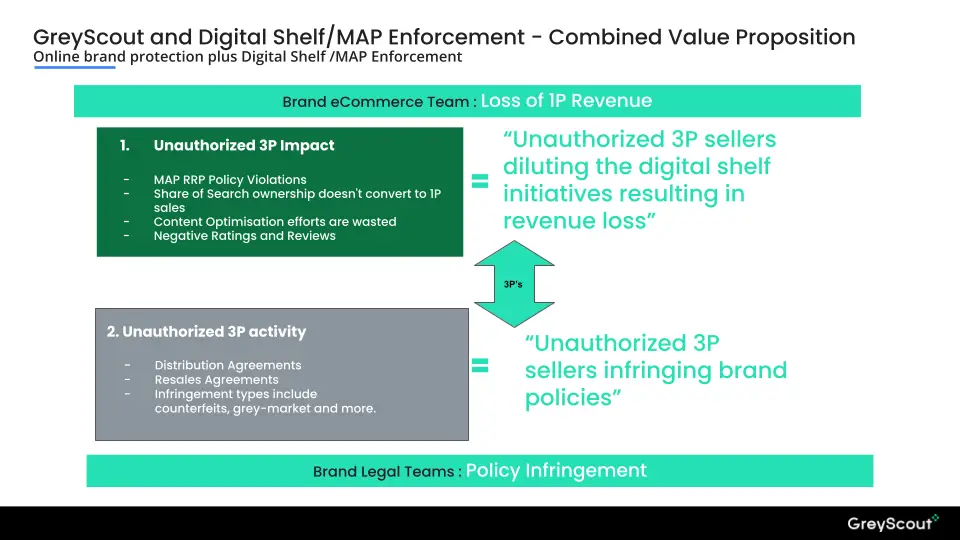We have seen the adoption of digital shelf solutions and insights only cementing their value within brands and organisations over the last 3 years.
At the heart of digital shelf insights lies the need to analyse and fix the various friction points that consumers encounter as they navigate the online aisles.

An effective digital shelf strategy would involve consumers having minimum distractions while buying a product and ensuring that your brand has the product that delivers the best value in terms of Stock, Ratings, Reviews, Price Points, Imagery and Content, Buy Box Ownership, Visibility (share of search) and more.
There are many factors at play when it comes to having a successful digital shelf strategy in terms of tactics. Understanding the algorithms different retailers have to offer ( what are the factors at play in terms of SEO, selling history and rating, reviews, and more) will help your brands achieve a higher share of searches. However, the most significant factors for a successful digital shelf strategy are synergy, understanding of KPIs, and sharing of knowledge between eCom and other teams within organisations.
eCommerce is not a different channel but a sales channel, which sometimes makes the difference.
It’s a slow change but one that is gradually happening. As Profitero reported in their 2022 eCommerce Organizational Benchmark Report, “Nearly one out of five leaders (19%) say eCommerce responsibilities are now democratized across their businesses, a 20% jump from last year.”
This brings us to the topic of brand protection and digital shelf synergy.
Just like eCommerce success is a combined effort between sales, eCommerce, marketing, logistics, and other wider teams, the same approach needs to be applied when thinking about #brandprotection, monitoring and enforcing against unauthorized 3P sellers on marketplaces, counterfeit takedowns on eCommerce channels, and more.

A successful brand protection strategy involves legal and policy teams understanding the eCommerce and Sales KPIs and vice versa. Clients with the most success at GreyScout follow this eCom+Legal synergy-first mindset.
As highlighted in the image above, generally, the root cause of revenue losses for 1P channels or any other form of unauthorized selling happening within the various eCommerce channels goes back to the infringement of policies (selling, consumer safety, distribution agreements and more).
Legal and policy teams are more in sync with that part of the organisation, and eCommerce teams are more on the front line regarding these policies, which directly impact digital shelf performance because they are not adhered to by unauthorized 3P sellers.
For example, if an FMCG product is not stored at a particular temperature, consumers may receive a damaged product, which might result in bad reviews, which might lead to that product being de-prioritised on the share of search.

Or an assortment not made to sell finding its way online, like the review above.
The bottom line is that brand protection enabled by digital shelf metrics is a powerful combo. There are multiple ways to utilize the insights, for example:
- Focusing on SKUs that tend to lose buy boxes more frequently or which tend to see more MAP violations (US-based) is being prioritized for brand protection initiatives as they might unroot bigger challenges.
- The same goes for SKUs with the lowest ratings. Maybe the issue is not just the quality of the product; maybe the product itself is counterfeit, materially different, damaged, returned, or has other such issues.
The end goal is positive performance across the digital shelf, retail media, and brand protection initiatives generated by the synergy between eCom, Sales, Performance and legal teams.

